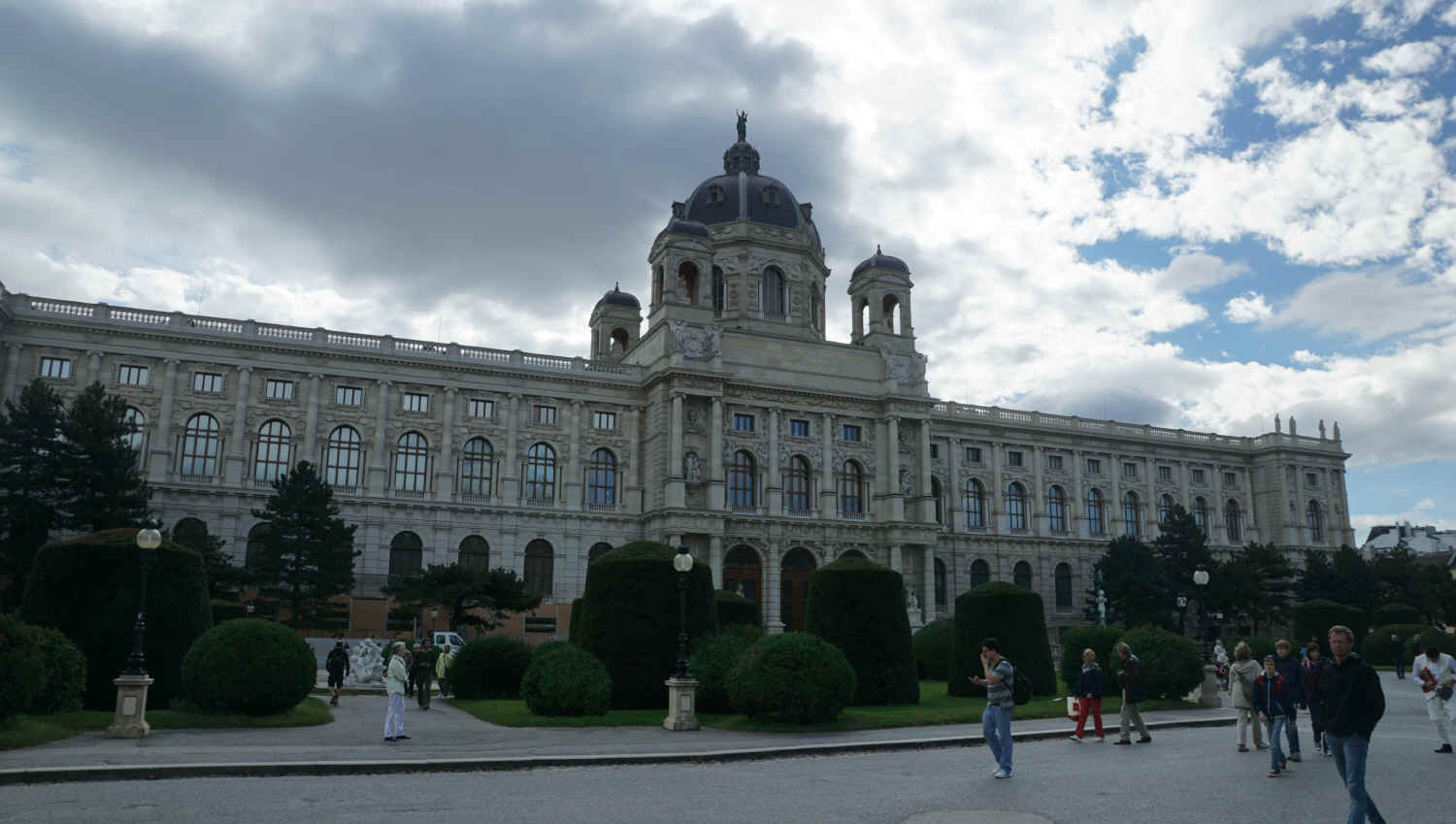
Das Kunsthistorischesmuseum -- the Art History Museum
Among the great art museums of the world, Paris has the Louvre, Amsterdam has the Rijksmuseum, Madrid has the Prado, Florence has the Uffizi, New York has the Metropolitan -- and Vienna has the longest name of them all, the Kunsthistorischesmuseum. Its interior is perhaps the most spectacular of them all. It has an octagonal dome that is 200 feet high. Construction started in 1872, and took almost 20 years to complete. Directly across the plaza from the Kunsthistorischesmuseum, and facing it, is the identical Naturhistorischesmuseum, or Natural History Museum. They receive over a million visitors a year.

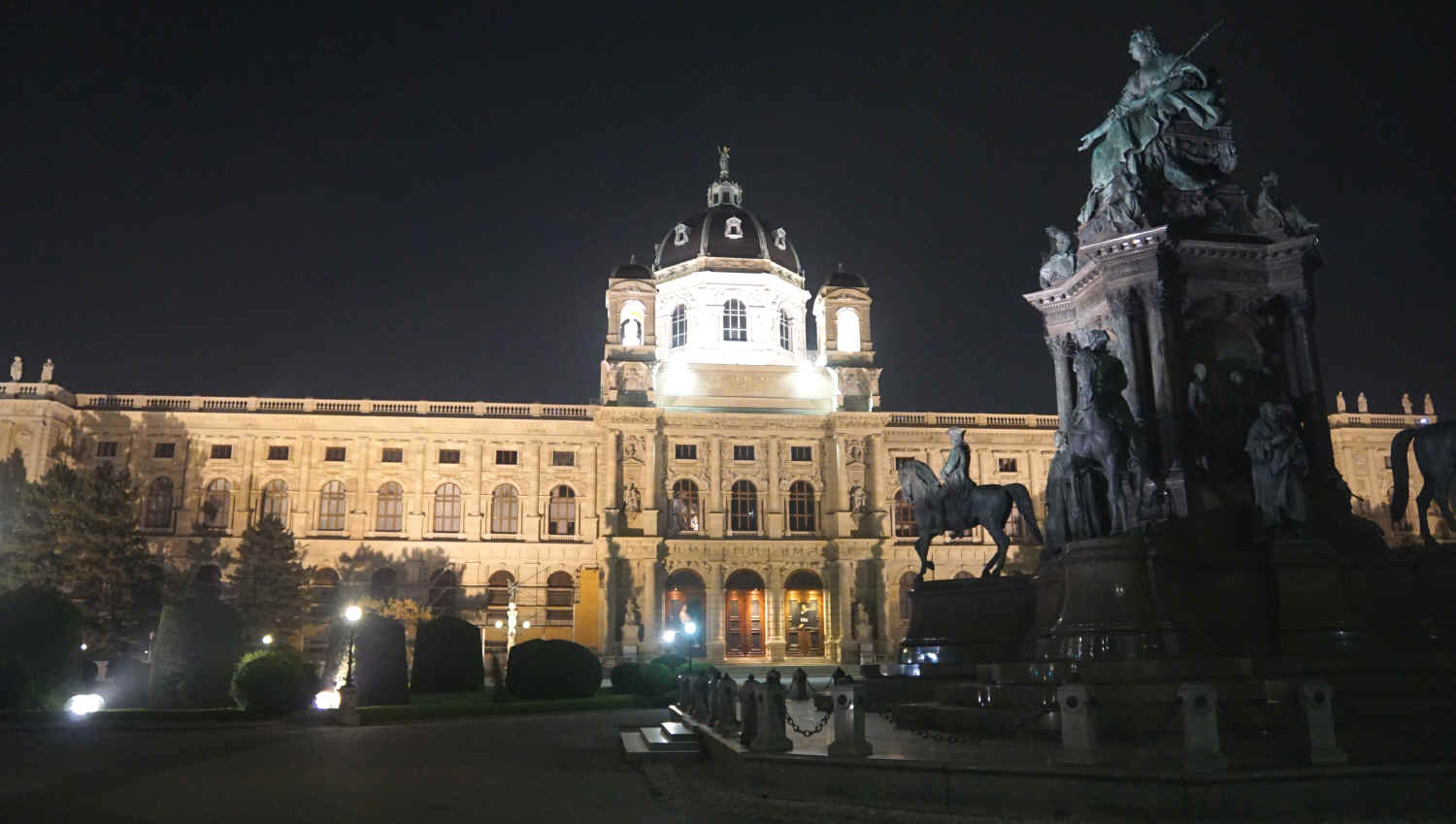
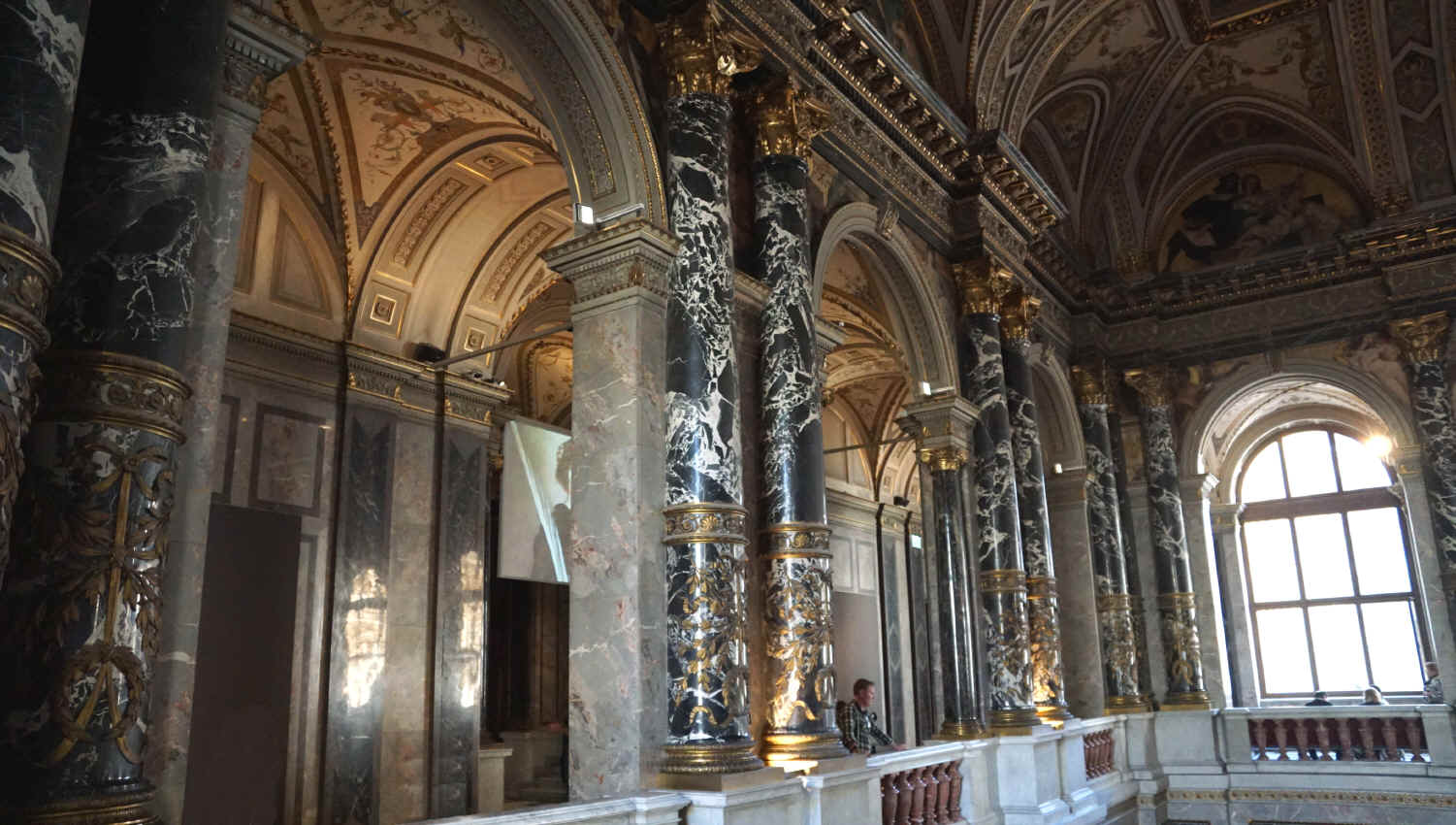
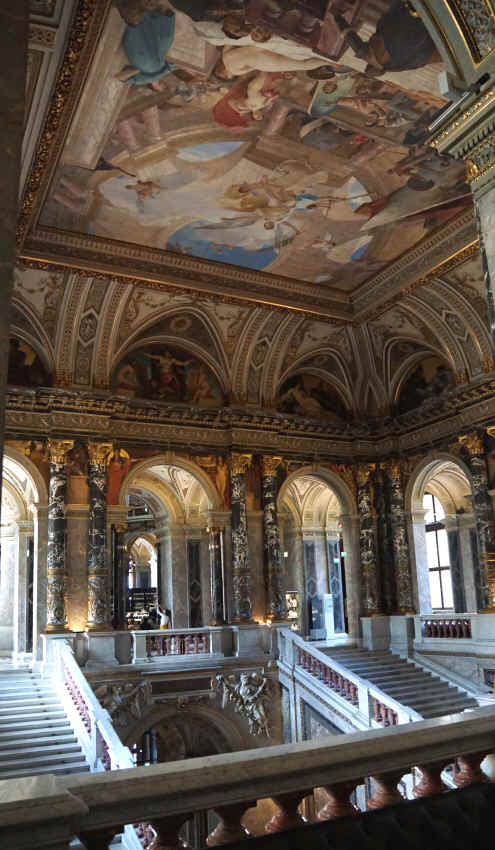
Here are a few pictures I took of my favorite
paintings and other articles.
The museum of course has many portraits of the Habsburg
royalty. The first pictures you see as you go into the gallery are these
large paintings of Marie Antoinette and Louis XVI, the last king and queen of
France (they got their heads chopped off in the French Revolution).
Marie
Antoinette was the youngest daughter of Empress Maria Theresa of Austria.
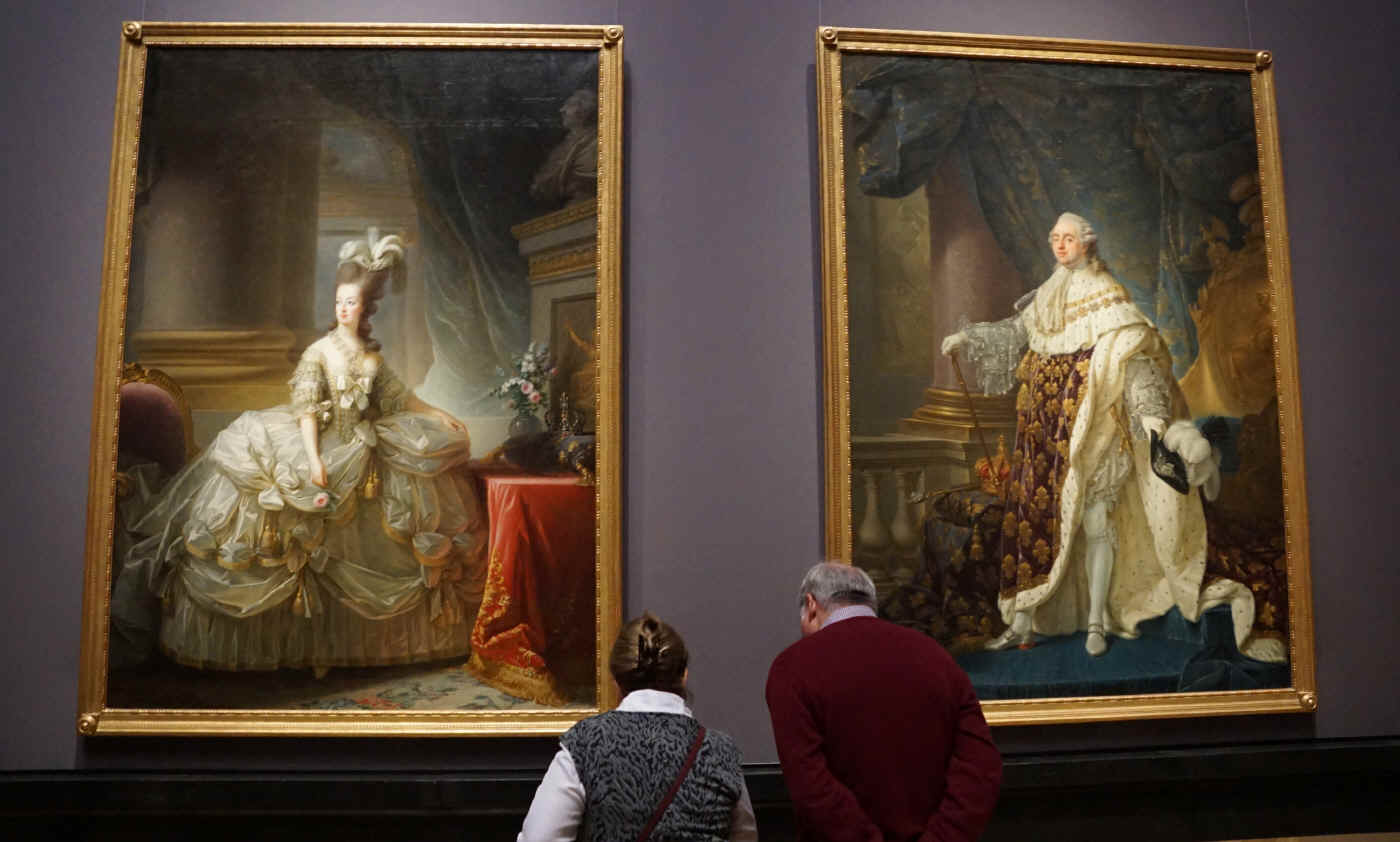
Next we have Emperor Francis and Empress Maria Theresa herself,
who always dressed in black after the death of her husband. Even though he
held the title of Holy Roman Emperor, it was actually Maria Theresa who held the
power, since she was the daughter of the previous Holy Roman Emperor. Then
for many years after Francis died, she was the sole ruler of the empire, the
only reigning empress that Austria ever had. She was one of their most
capable and popular rulers ever.
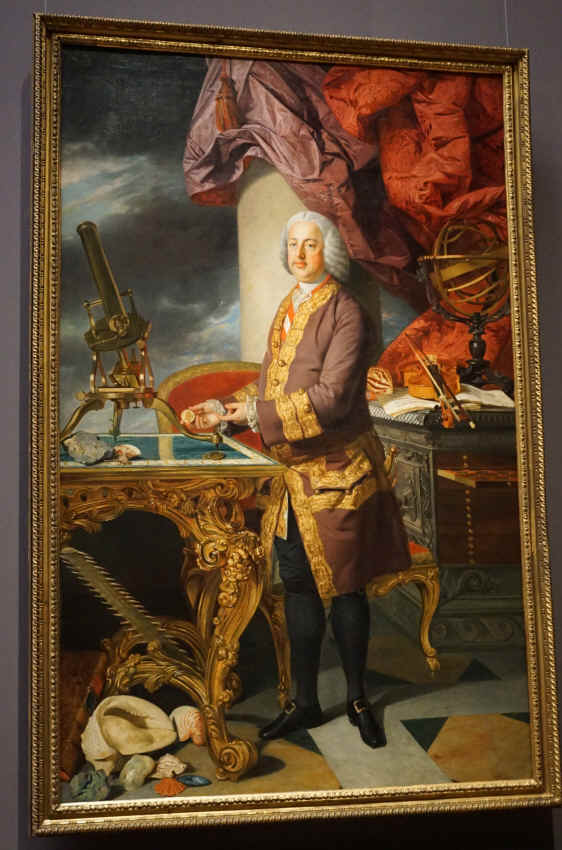
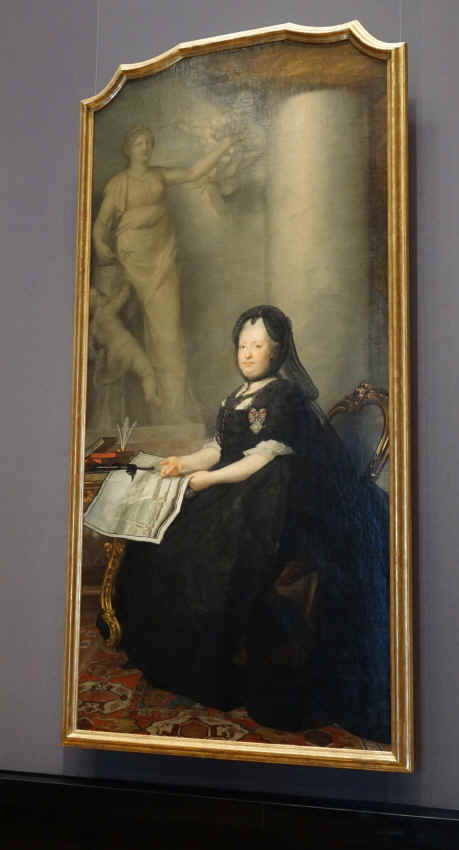
Marble busts of Maria Theresa and
Francis: This is Marie Antoinette:
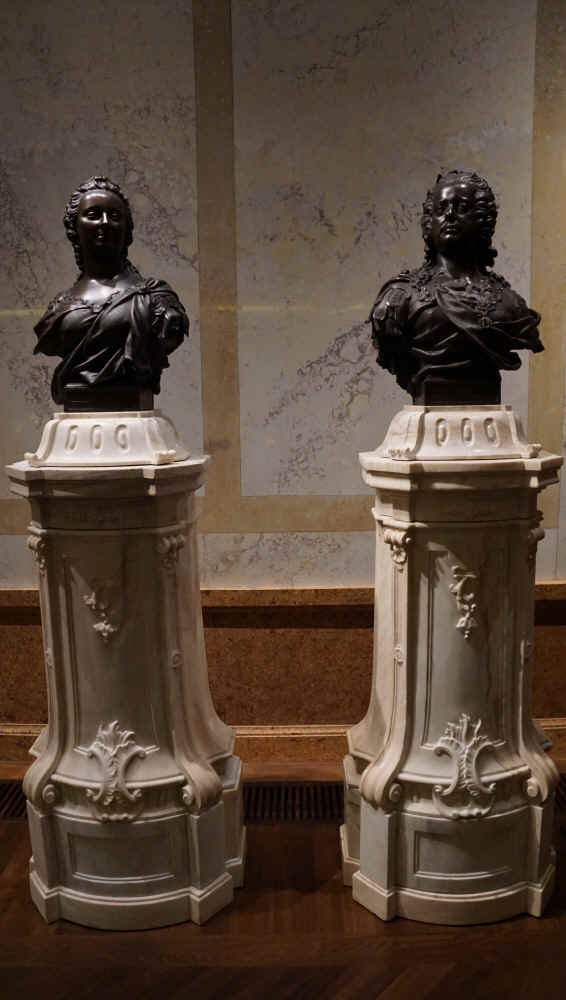
Here are two sons of Maria Theresa and
Francis: Joseph and
Leopold.
Joseph, in the center, became the next Holy Roman Emperor of
Austria. He died with no sons, so Leopold became emperor.
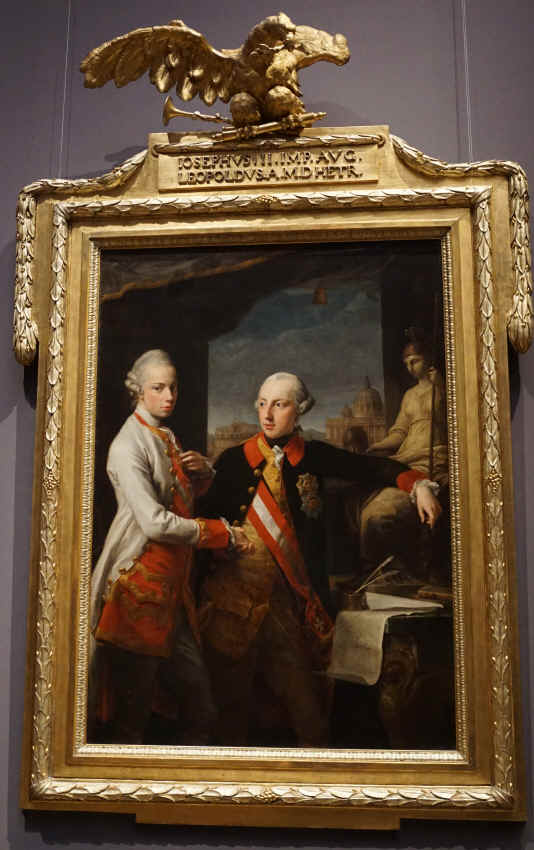
This rather pathetic-looking child was Archduke Francis Joseph
Charles at the age of seven, the son of Emperor Leopold, above.
He grew up
to become the next Emperor, too. He married four times.
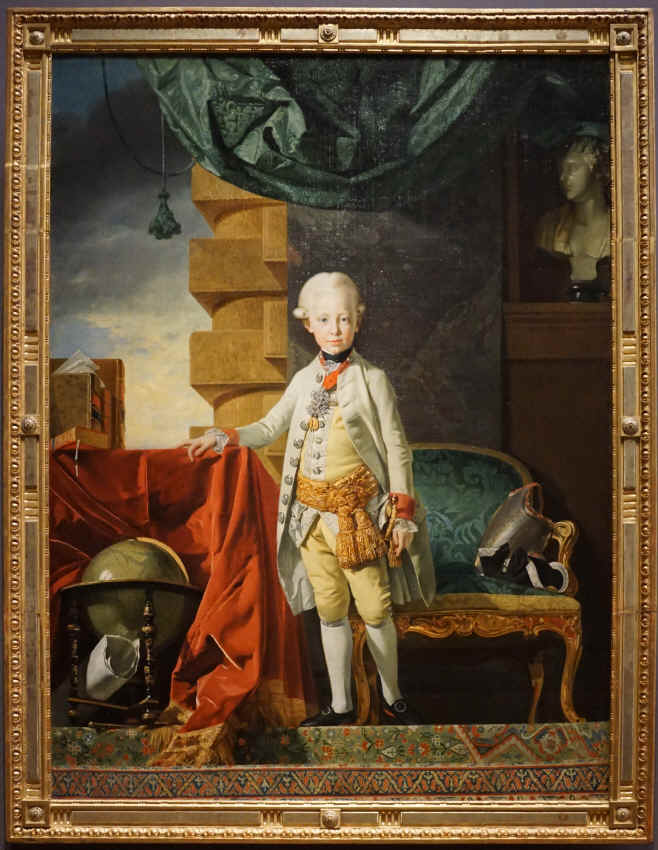
I don't remember who this pompous but pleasant-looking gentleman
was, I just liked the amazing frame,
and the impressive way the artist painted
the velvet effect of the robes.
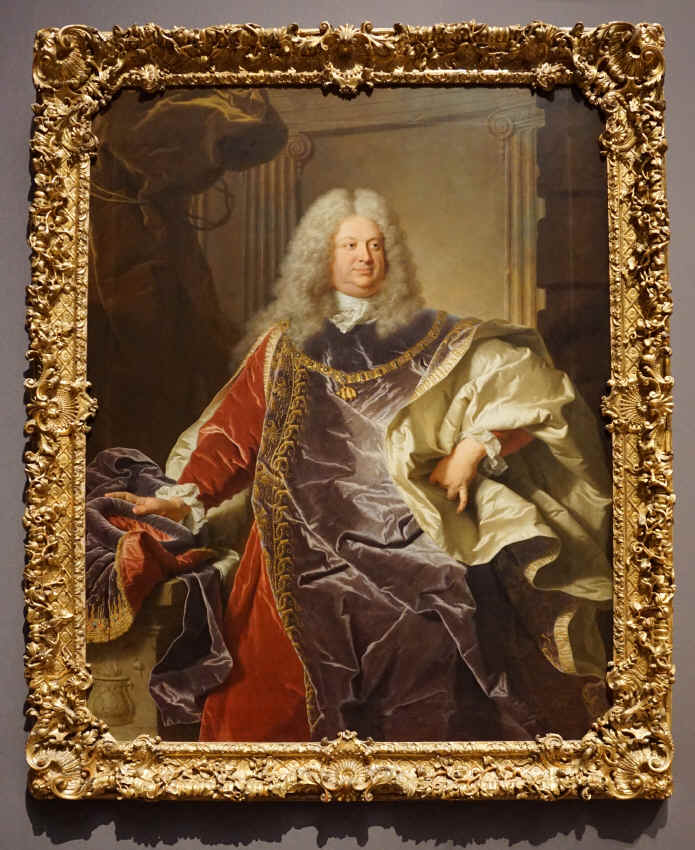
Imagine having to wear clothes like this every day.
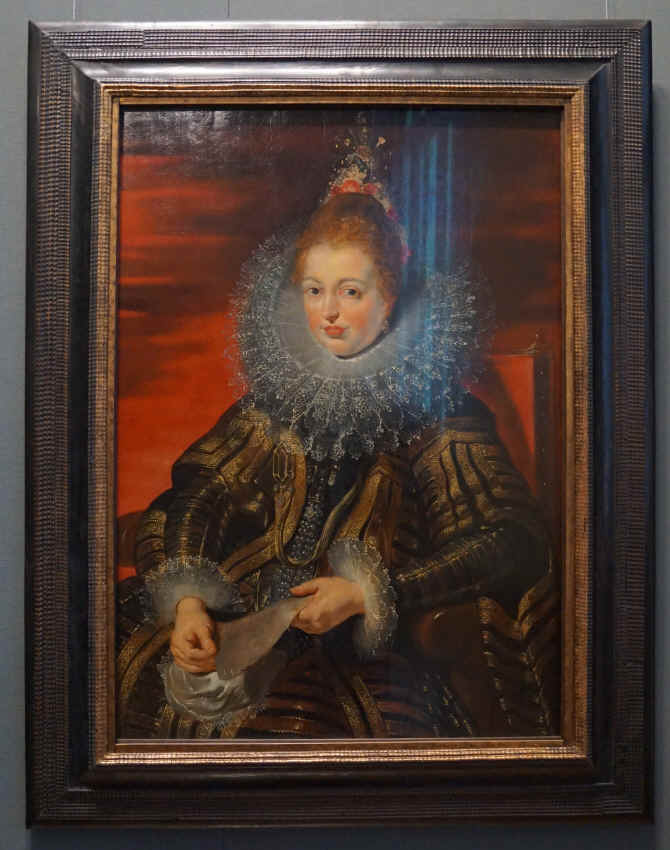
This is the earliest picture in existence of the great composer
Beethoven.
A marble bust of Beethoven at age 41, very life-like, even
showing his bad complexion.
This is the famous opera composer Christoph Willibald Gluck,
1714-1787. He was from Bavaria, but lived later in Vienna. He is
pictured composing at a keyboard, right at the happy moment of receiving a
musical inspiration. I was excited to see this picture, I had been
familiar with it for decades, but didn't know it was in the
Kunsthistorischesmuseum -- so it was like seeing an old friend. Way back
in the 9th grade, I had to write a report about a famous composer, so I chose
Gluck, mainly because I thought he had a funny name -- especially his middle
name. The next time we had a baby calf born at our place, we named him
Willibald.
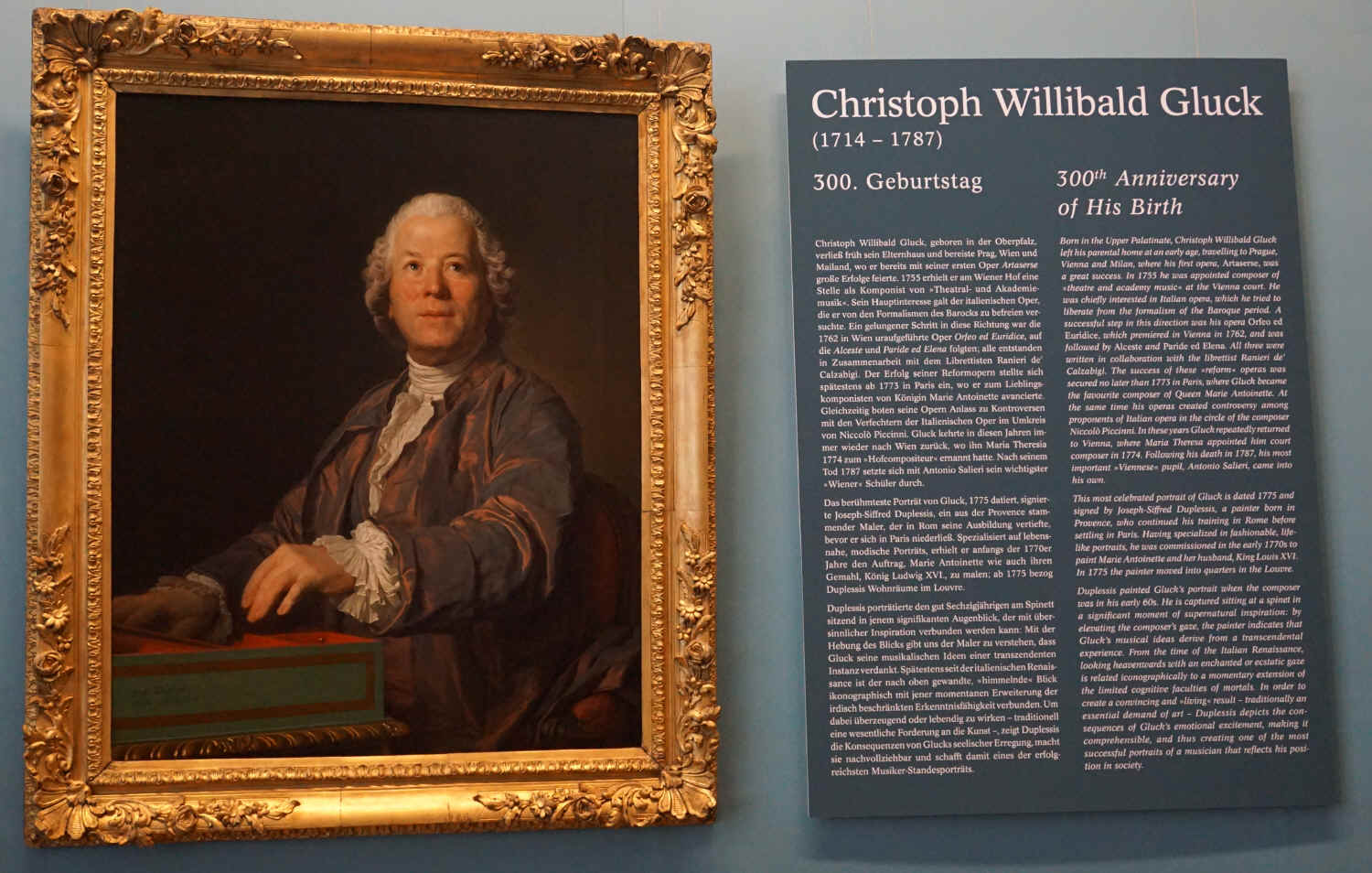
Here is one of Arcimboldo's most famous paintings -- he was
quite unlike any other artist of the time, or ever.
He often painted
whimsical portraits like this, full of visual puns like apple cheeks and an ear
of corn for an ear!
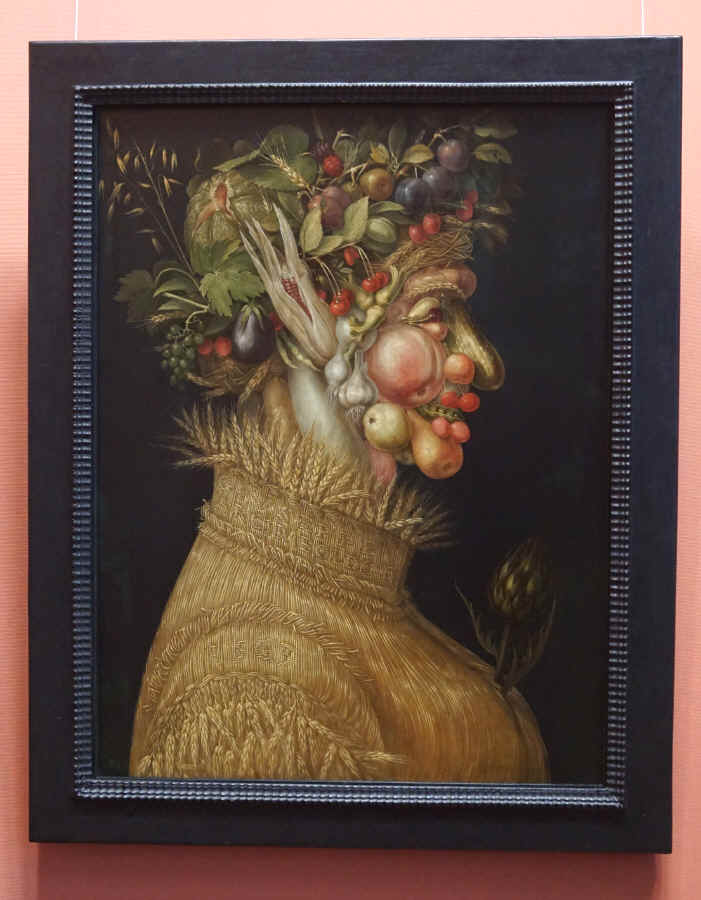
One of the impressive rooms in the museum, with huge Baroque
paintings.
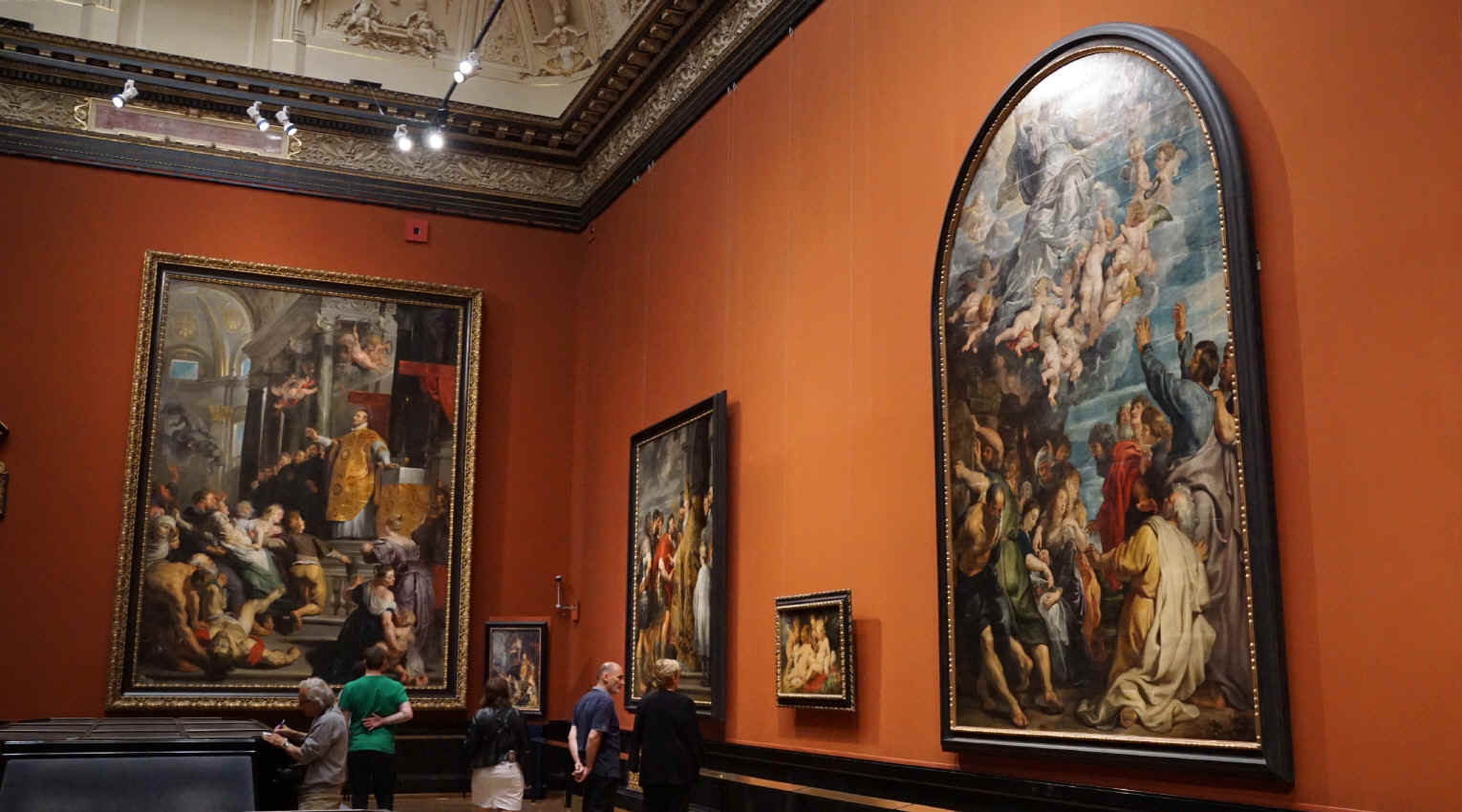
And another giant room, full of
paintings from Italy.
I liked this picture, of the Widow of Sarepta. There is a
famine in the land, and she and her son only have enough food for one more small
meal, and are afraid that after that, they will die. The prophet Elijah
shows up, and asks them if he can have a meal with them. Instead of
refusing this stranger, she prepares for him the food that they would have
eaten, as the boy offers him a drink of water. I liked the expression on
her face, a mixed look of desperation, but hope in the message he was
bringing. And it worked out, as we are told in the book of First Kings --
from that day onward, their food miraculously never ran out again.
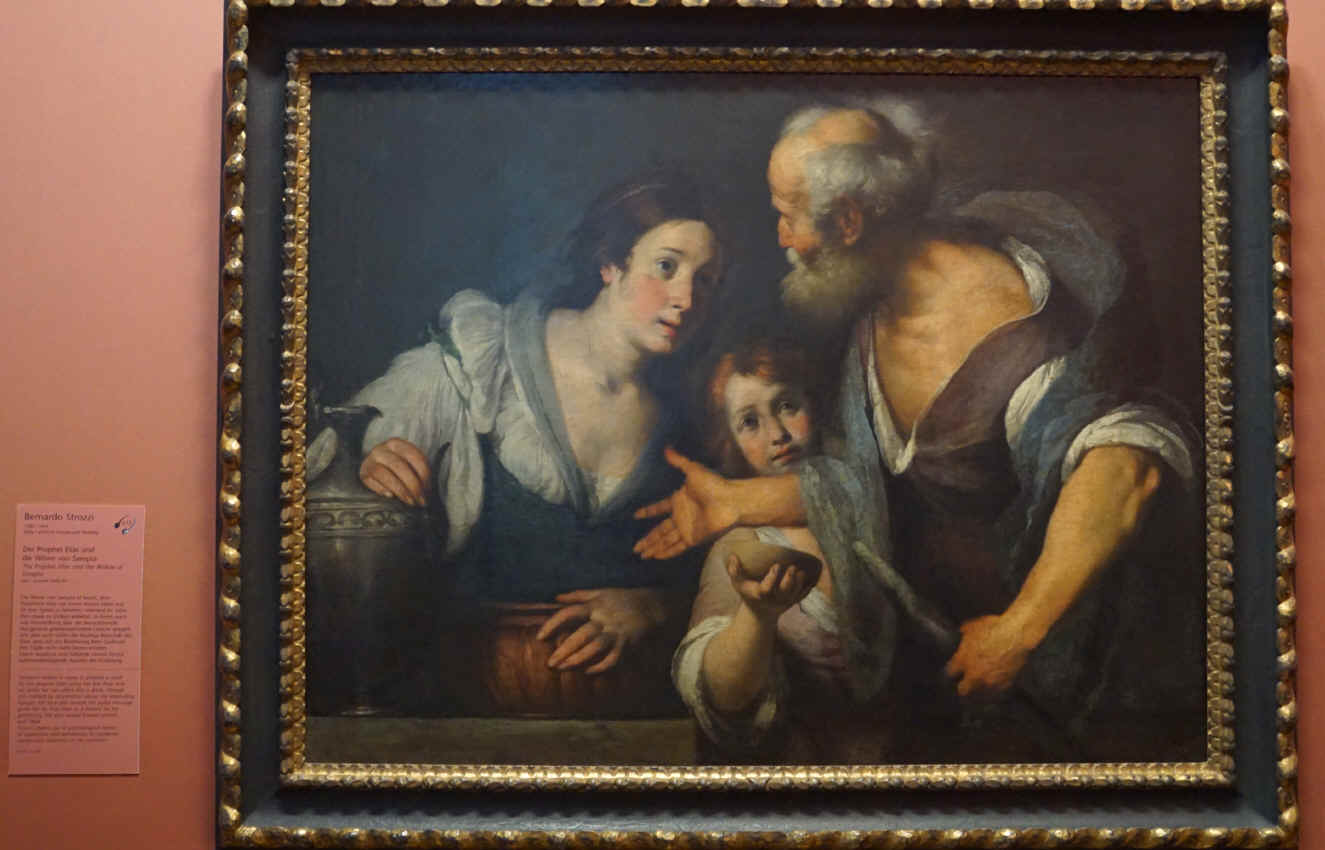
Some of the pictures are just weird, though no doubt they are
portraying ancient legends and myths.
This lady doesn't seem all that
concerned that she has a giant snake at her feet.
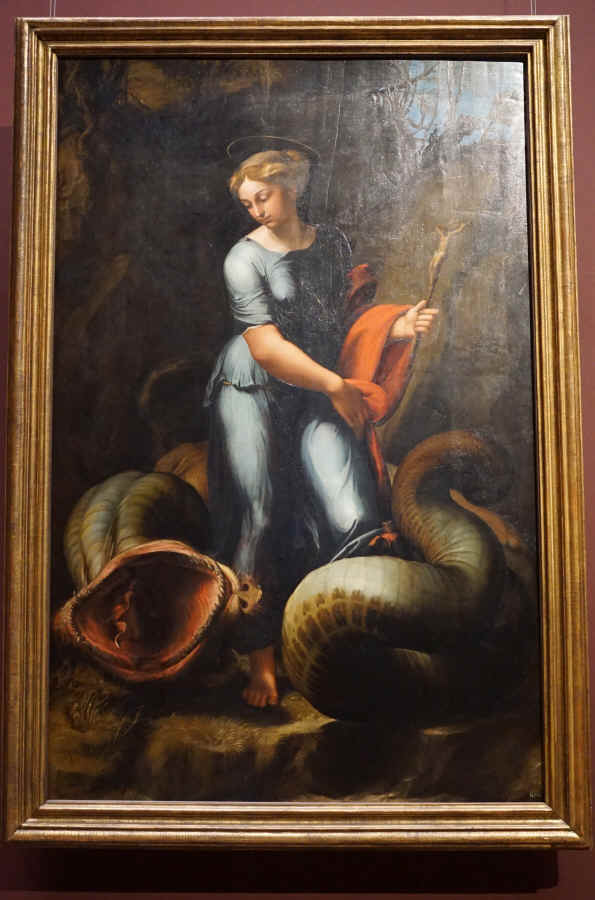
One of the most famous paintings in the museum is The Building
of the Tower of Babel, by Pieter Bruegel the Elder. It shows the building
as being a huge spiraling ramp, which was convenient for carrying up
construction supplies, which actually was the way towers were built in ancient
days. But the ships and the village look like something out of Belgium in the
1500's, where the artist lived.
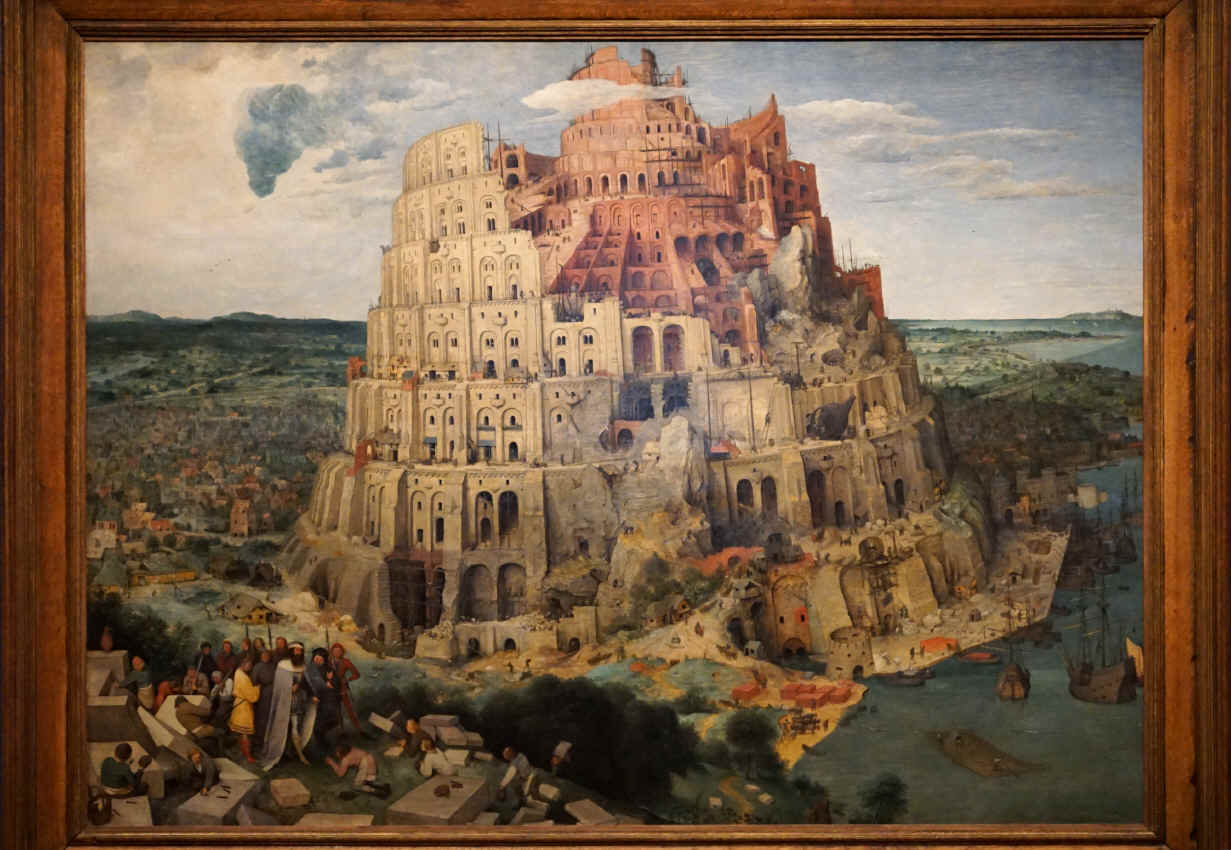
This rather homely lady was Jane Seymour, 1508-1537, the third
of the six wives of King Henry the 8th of England. She was only queen for
a year, then died after the birth of her son, who went on to become King Edward
VI. At least she didn't get beheaded like two of his other
wives did. She may have been Henry's favorite of the six, since she is the
only one buried next to him, as he requested.
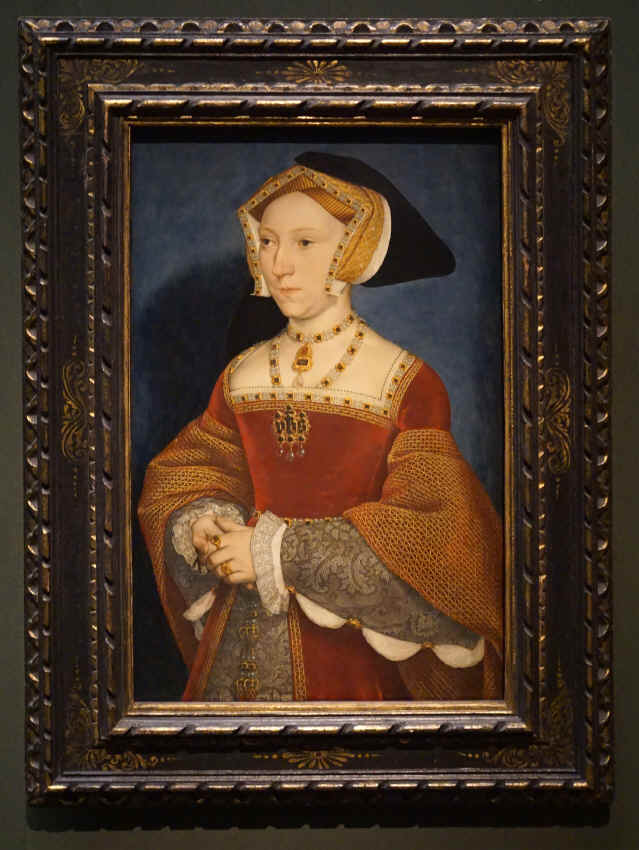
It's nice to see a
still life every once in a while.
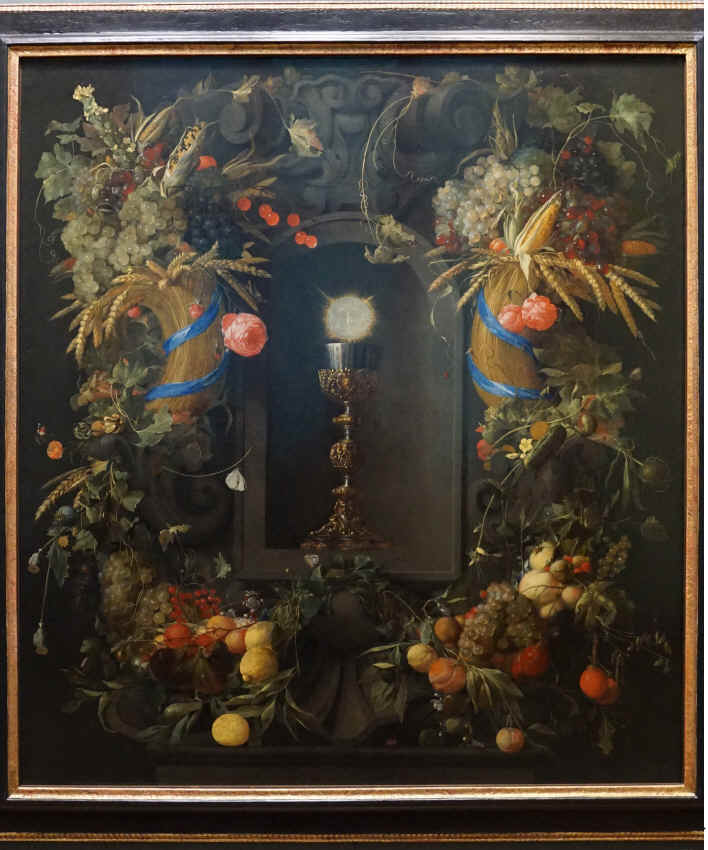
The grapes from above look quite edible.
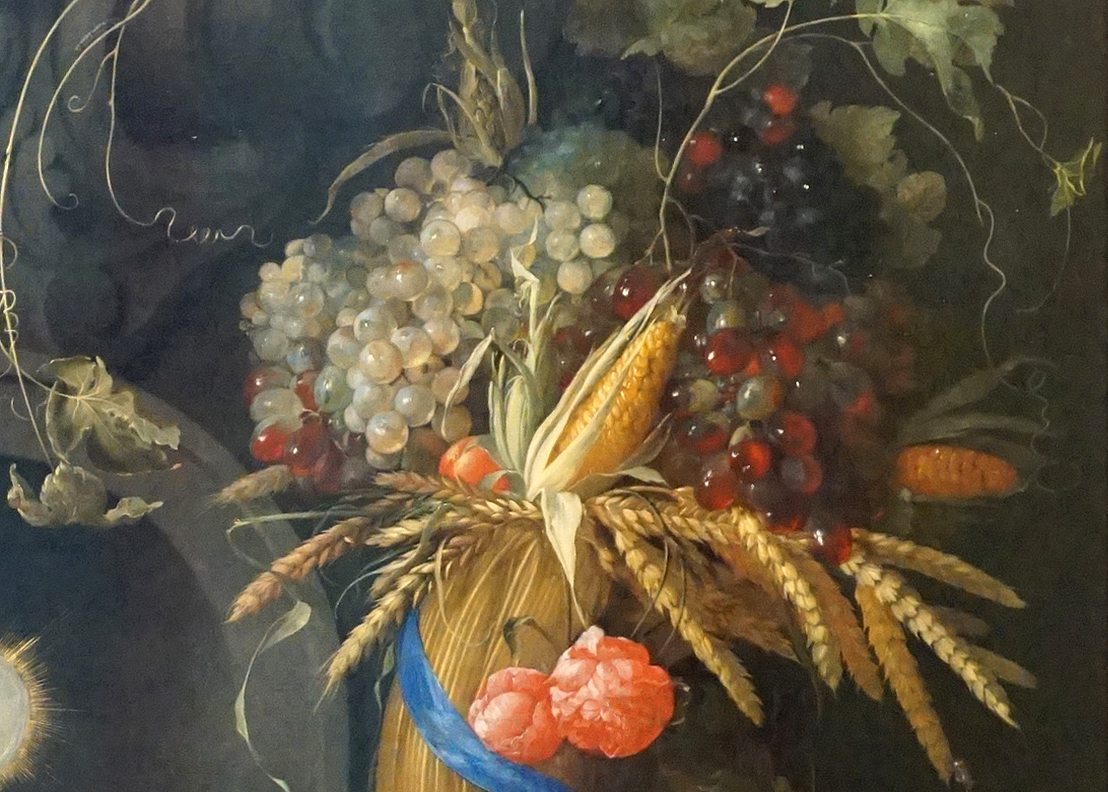
This is a folding altarpiece from a
medieval church.
After all the ornate paintings of royalty, mythology, and
historical subjects, it's kind of nice to suddenly see a room full of paintings
by the Dutch masters, who usually preferred scenes of ordinary life. I like
the look on this lady's face -- "Ya want some chickens?"
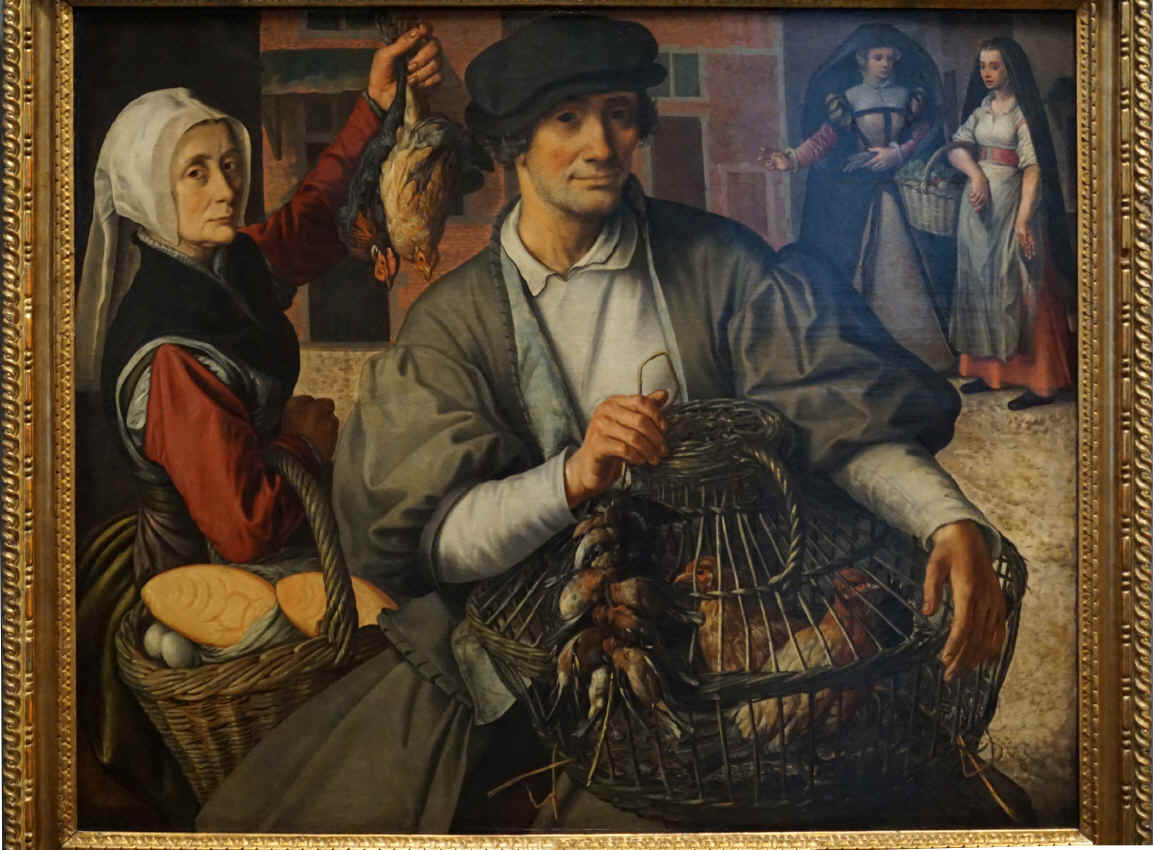
This one was hanging so high on the wall that I couldn't get it
in good focus, but it's a rather amazing scene of an old Dutch fish market.
The most famous of all the Dutch painters was Rembrandt van
Rijn.
Almost every year, he painted a self-portrait. This one is from the year
1657, at age 51,
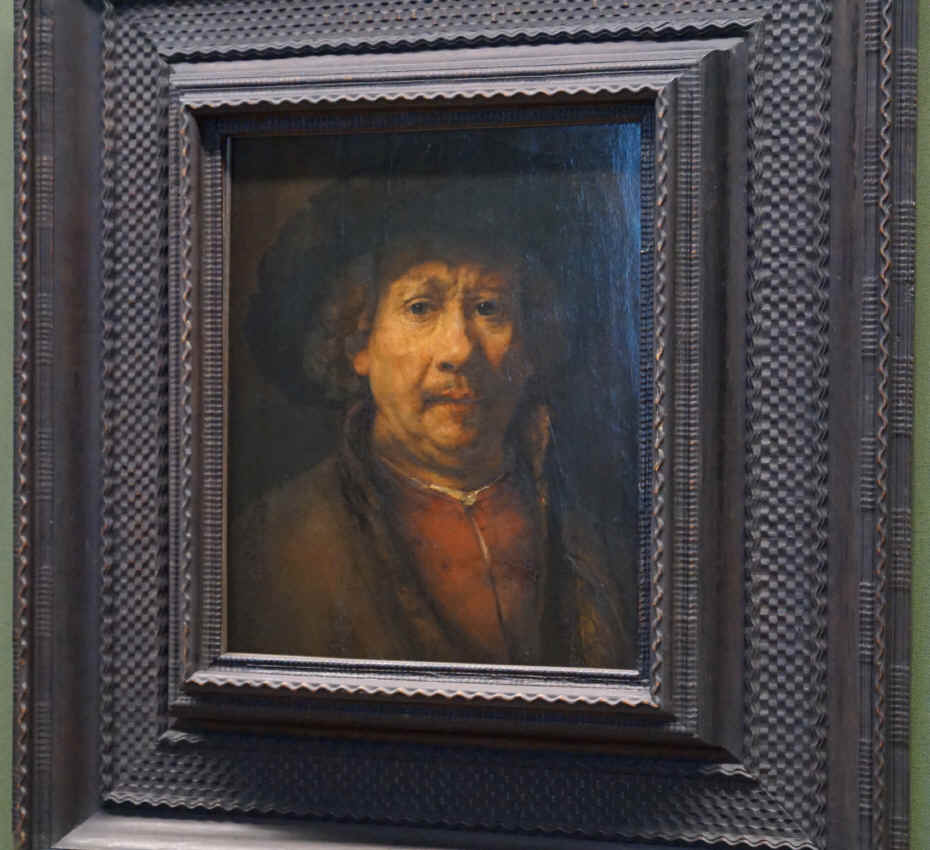
A painting of a warship going to battle.
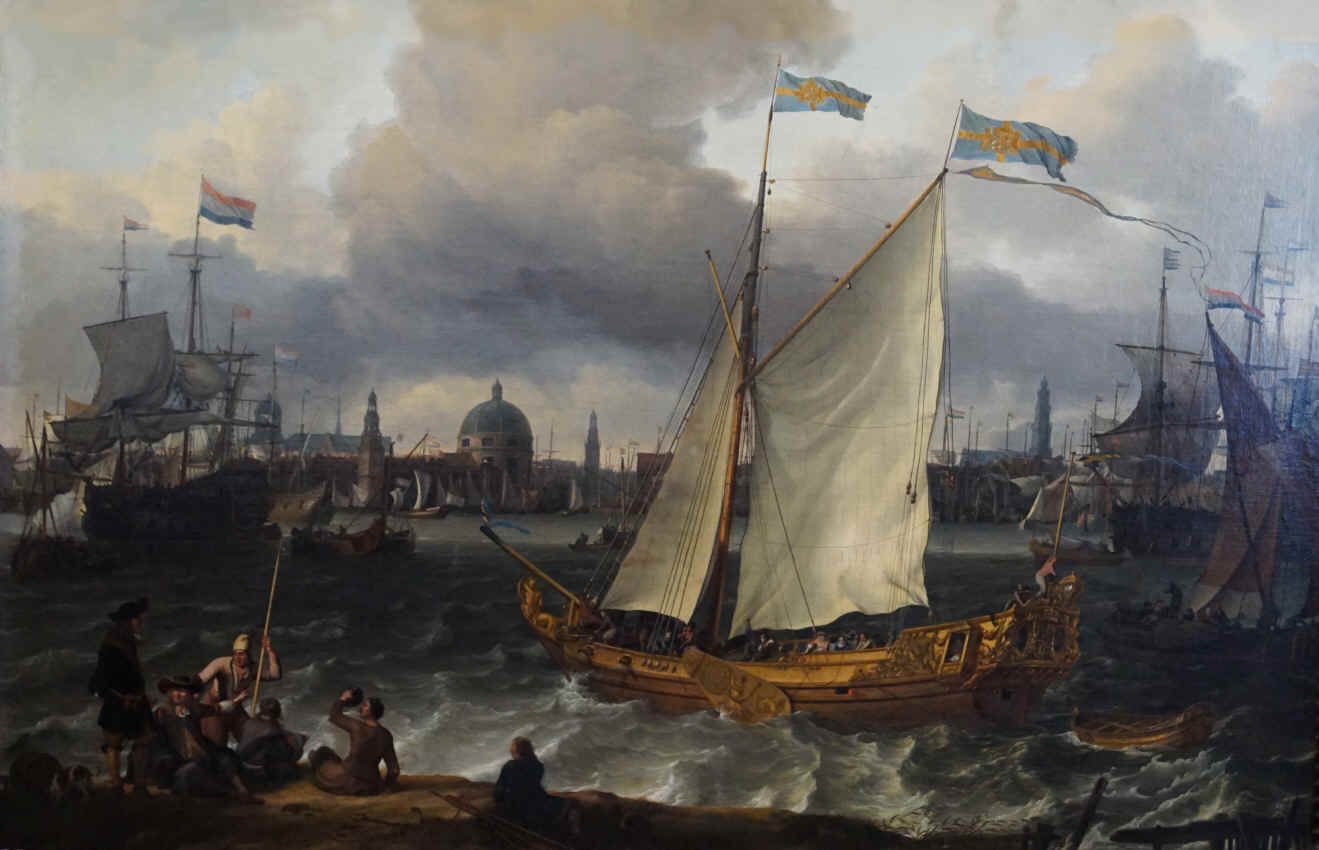
Quite possibly the most valuable painting in the whole museum is
this famous work by the Dutch artist Vermeer. It is a self-portrait (from
the rear) of Vermeer himself, and the model he is painting. He is famous
for painting small, extremely detailed and life-like subjects. But this
picture is unusual for him in being quite large.
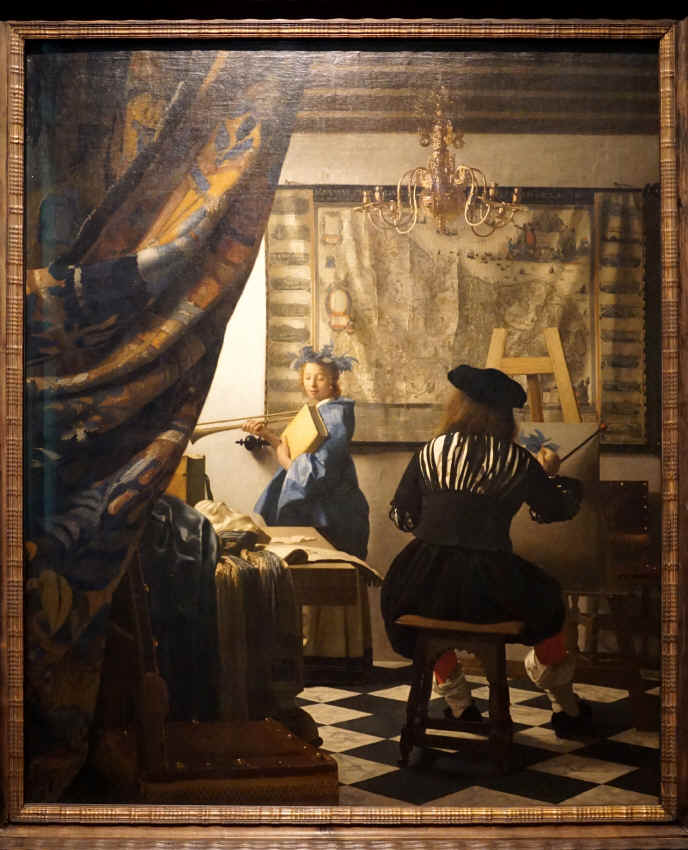
There is a lot of symbolism in the picture that we don't quite
understand, such as why is the girl holding a trombone and staring at the
floor? And why the very detailed map on the wall?
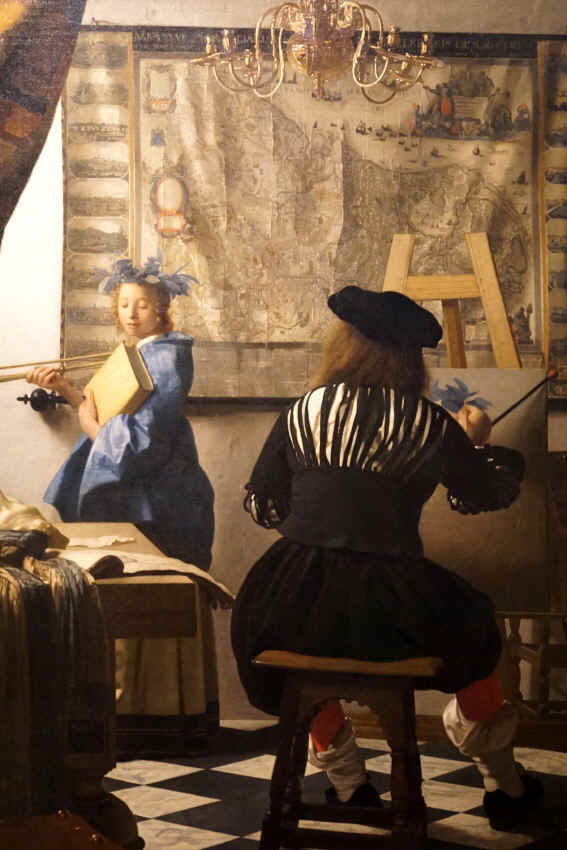
The museum has a large
Antiquities Department also, meaning artifacts from ancient Egypt, Greece, and
the Roman Empire.
This is one of the special rooms dedicated to Egyptian articles.
I was impressed with the hieroglyphics on this small Egyptian
tablet, the most detailed I had ever seen. You can see every feather on
the birds.
This ancient Roman
head on the left is that of Agrippa; but there were several Agrippas, we are not
quite sure which one it might be.
It is quite possibly the one who spoke those sad words to the apostle
Paul: "Almost thou persuadest me to be a Christian."
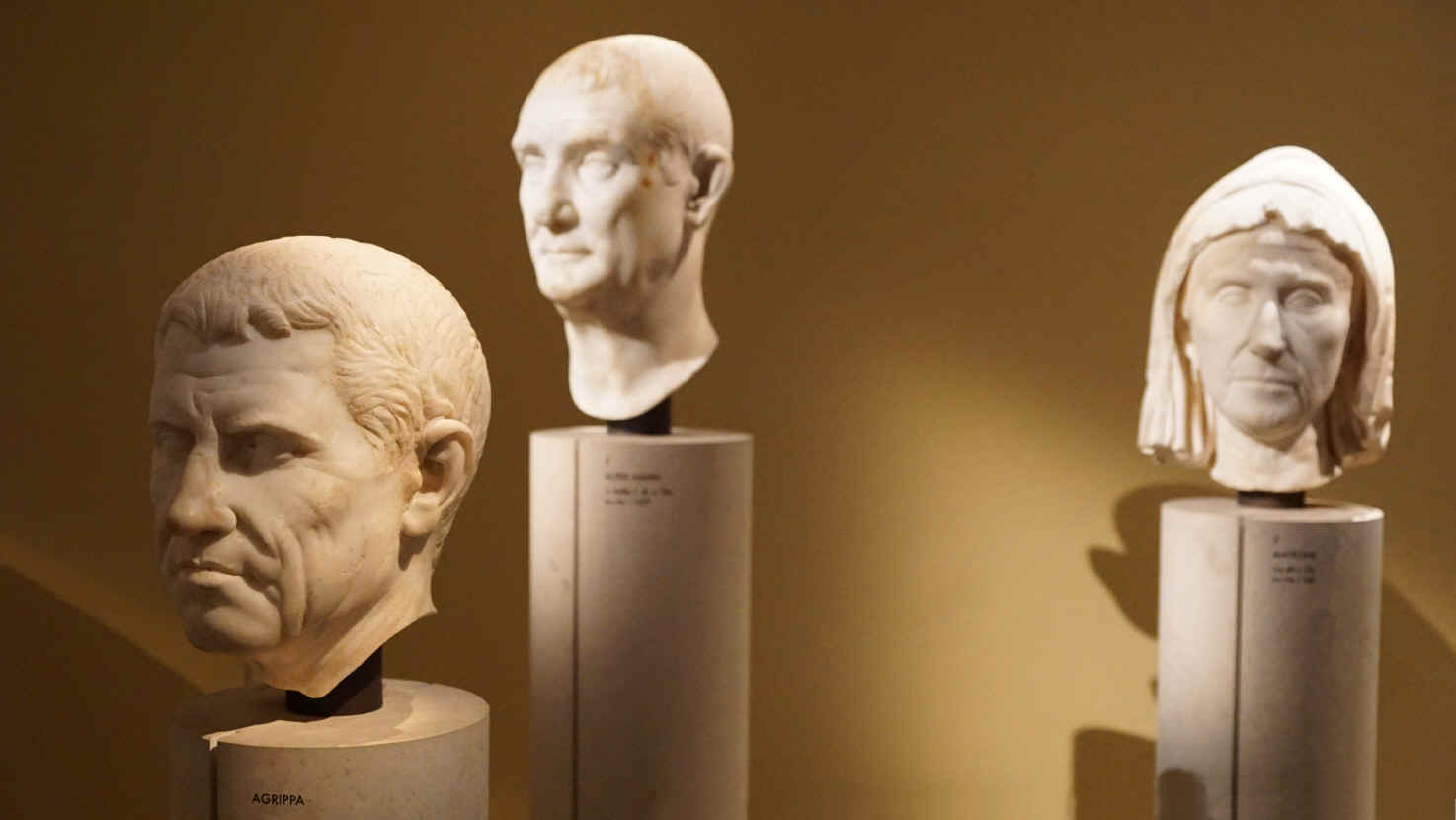
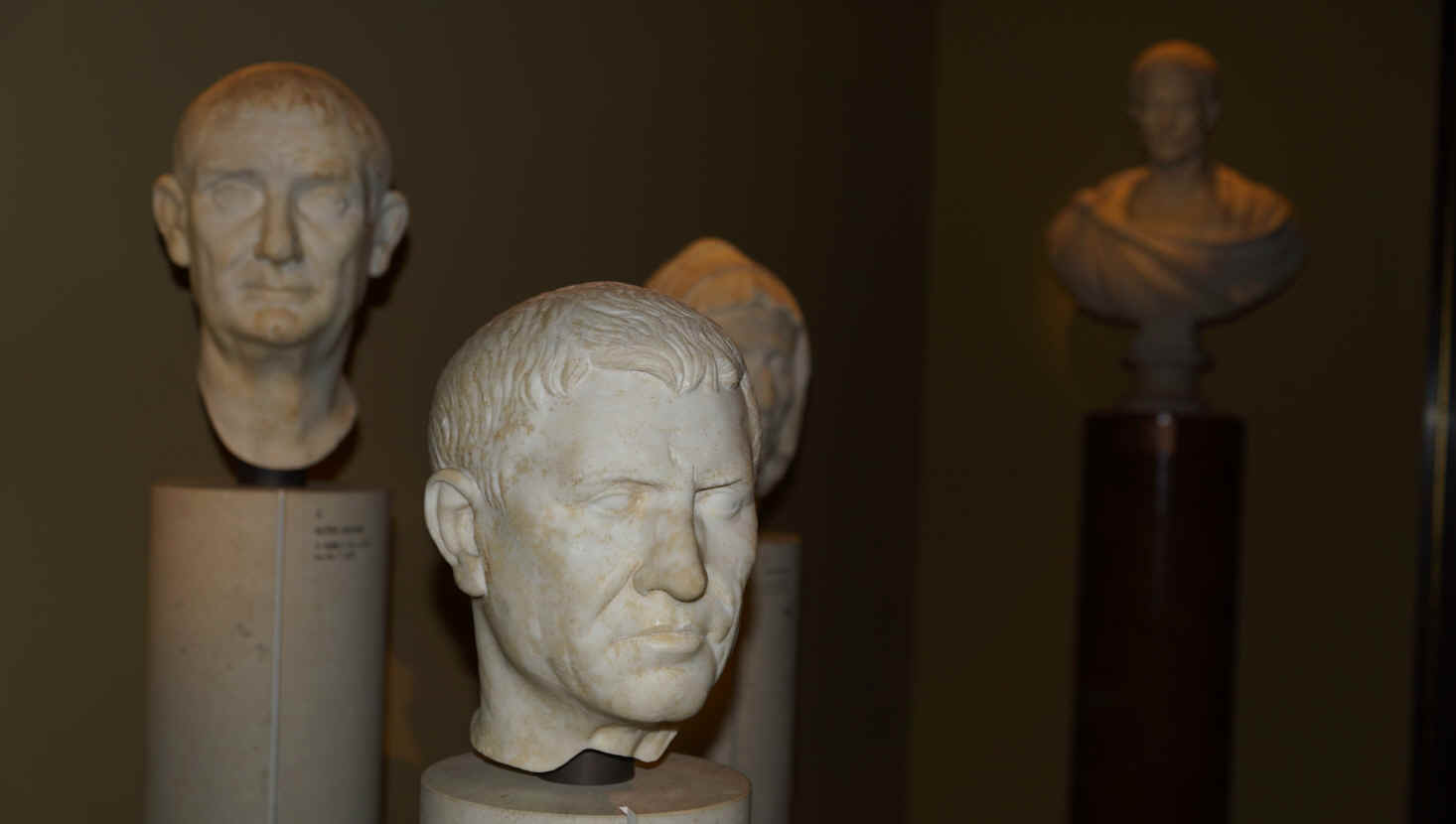
Click here for Page 6 -- the Museum of Armor